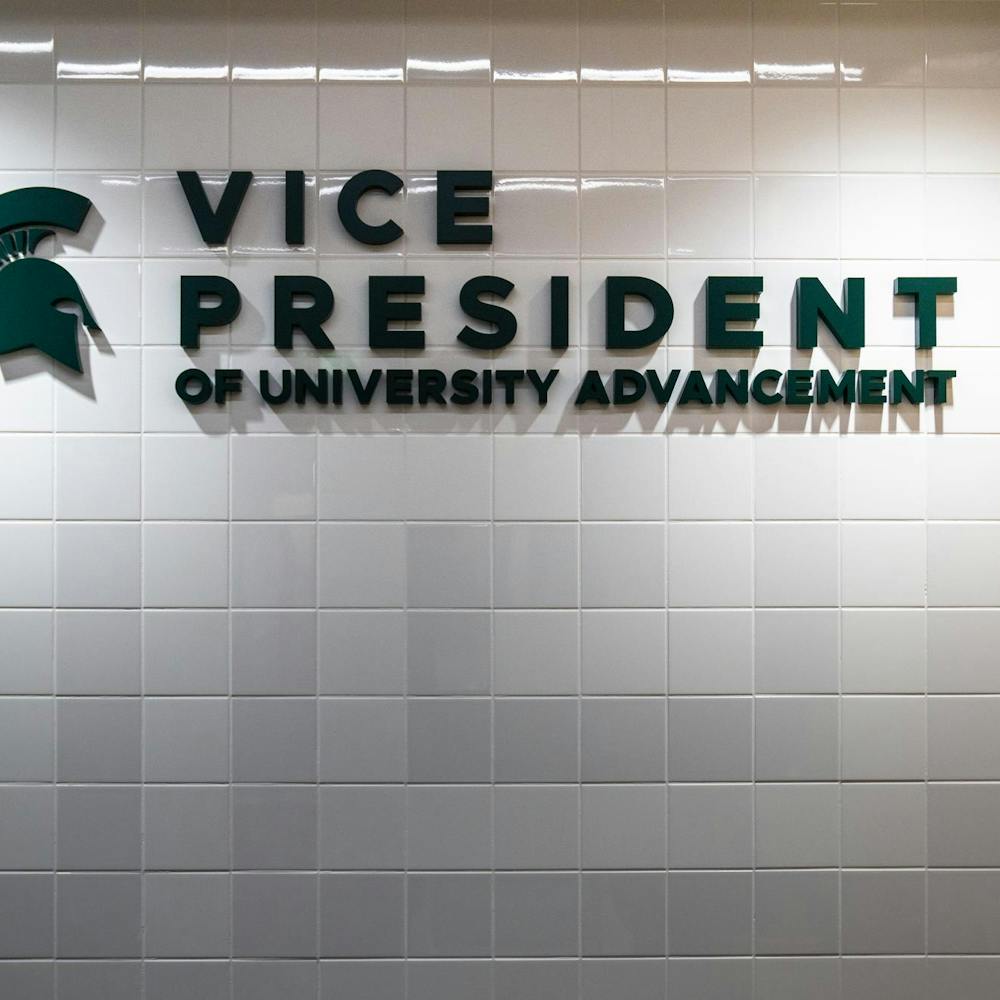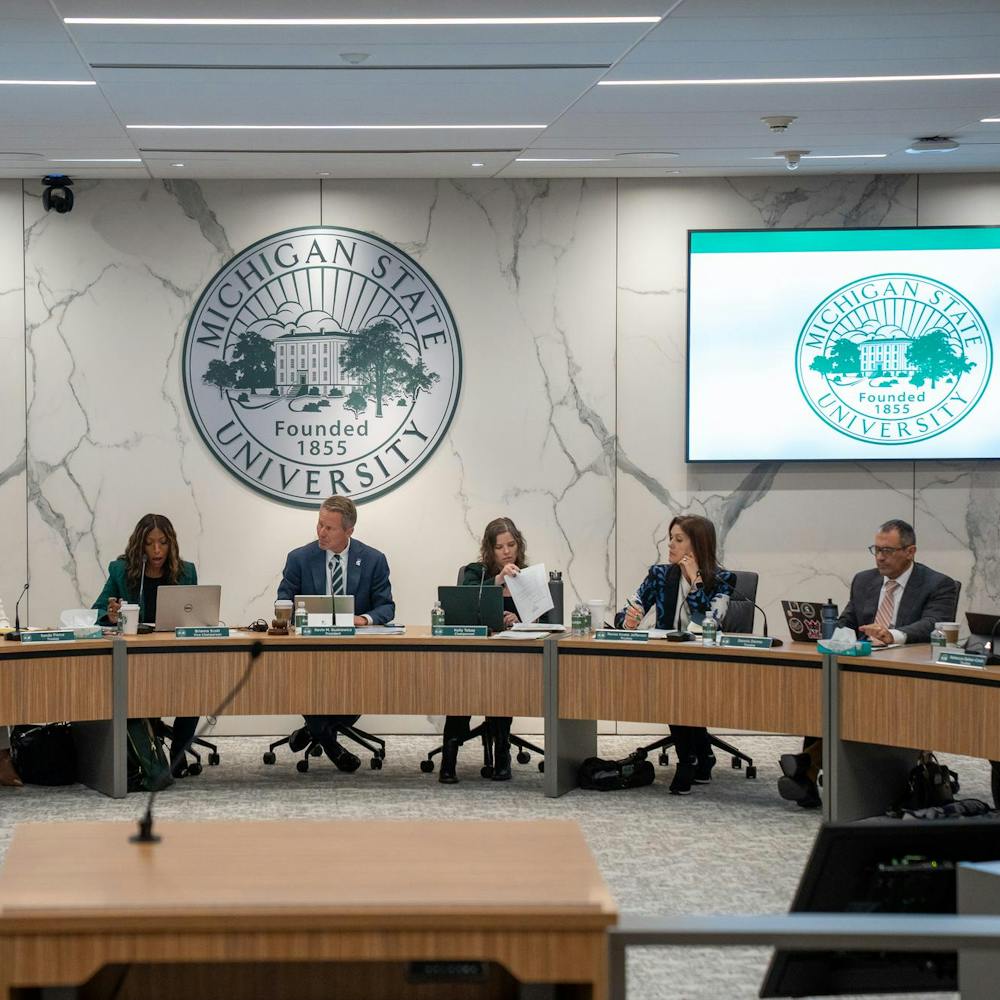Universities across the country owe millions of dollars to the federal government because of thousands of fraudulent Pell Grants collected during the past year.
An estimated 3.6 percent of all Pell Grant recipients across the nation received money without ever attending classes in the past year. These Pell scammers — or Pell jumpers as they’re also referred to— contributed to an estimated $1.2 billion loss in taxpayer money.
Last year, the federal government allocated $33.5 billion to be given out in the form of Pell Grants.
Pell Grants offer much needed aid to low and mid-income residents and are designed to help pay for tuition and other living costs, including rent, groceries and transportation. Students can receive a maximum amount of $5,500 per year, for up to 12 months.
However, if a student receives a Pell Grant and later disappears with the money, the college or university is responsible for paying both the tuition costs and rest of the money they received.
Overall, this should be seen as a major setback — and embarrassment — for the federal government and U.S. Department of Education.
Because of the significance they hold with students, universities must do a better job of monitoring potential scams that could arise with Pell Grants.
Financial aid experts said the full amount of money Pell scammers are costing taxpayers is impossible to record because of an out-of-date record keeping system used by the federal government.
But the explanation as to why the problem has become so widespread seems unacceptable.
Because of the lower down payment needed to register for classes, Pell Grant scamming has become an increasing worry for community colleges in Michigan. At Henry Ford Community College, about 10 percent of the money the college received from these grants needs to be paid back to the U.S. Department of Education this year.
News of Pell Grant scammers ripping off colleges for millions has been a humiliating development for the federal government to address, and their inability to identify those guilty only potentially hurts those who depend on this money most.
In recent years, the federal government has taken steps to try to save money and reduce the likelihood of fraud. These measures have included cutting the number of months a student can receive Pell Grants to prolonging the process to give students the money. But more responsibility — particularly by universities — must be taken across the board to help reverse this trend.
In order to make sure students aren’t pocketing the leftovers of these grants, professors should have more of a role in monitoring students who do not attend class once they receive their money.
By implementing more electronic-based attendance practices — like using iClickers in class — universities would have a much more efficient way of keeping track of and singling out those students likely of committing these scams.
The number of students responsible for these scams has put a blemish on the necessity of Pell Grants for countless others across the country. Hopefully the federal government views this as a chance to reverse a major problem plaguing many universities.
Support student media!
Please consider donating to The State News and help fund the future of journalism.
Discussion
Share and discuss “Better oversight for government grants” on social media.






